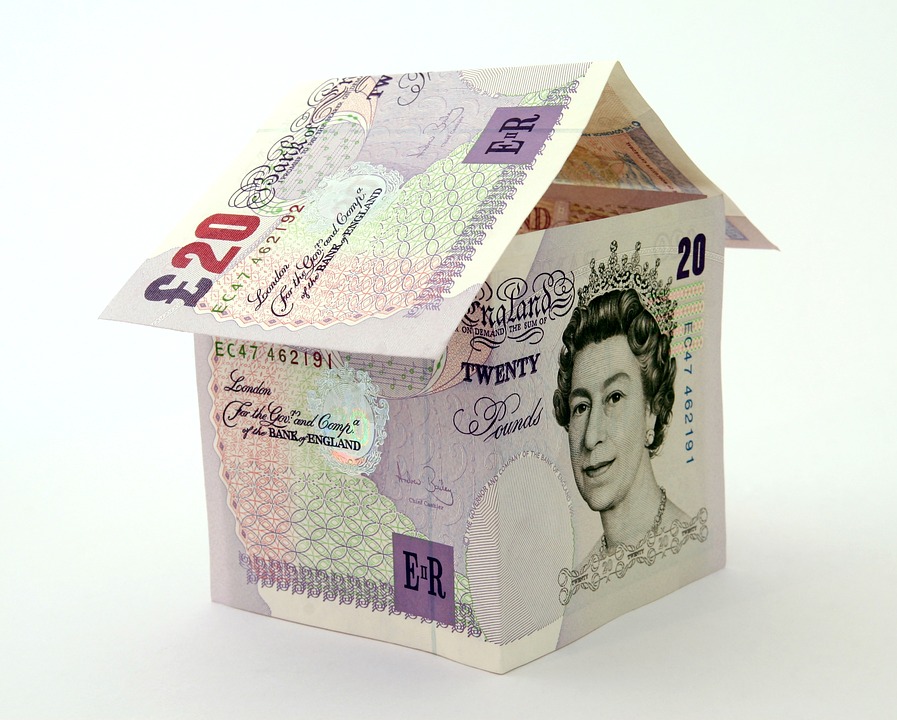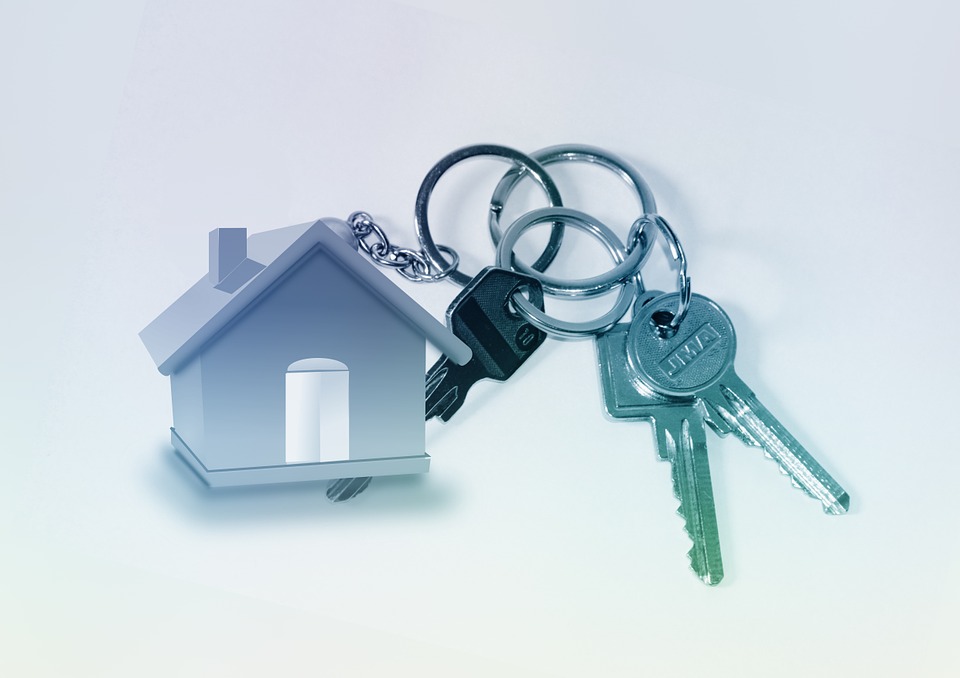Scottish annual house price growth has accelerated again, rising by 7.7% in March, compared to just 1.0% in England and Wales as a whole for the same month, Your Move Scotland House Price Index has found.
Wales, bolstered by high value sales as buyers rush to beat the new land transaction tax in April, also still trailed well behind, with annual growth of 4.8%.
Moreover, while prices fell between February and March in England and Wales, they continued to grow in Scotland, up 1.2%. That puts the average price at £184,850, up more than £13,000 in the last 12 months from £171,614 last March.
Christine Campbell, Your Move managing director in Scotland, said: “The Scottish market goes from strength to strength, with Edinburgh driving growth, but excellent performance found across the country. With property in Scotland still very affordable, it is possible this will continue, too.”
Alan Penman, business development manager for Walker Fraser Steele, Scottish chartered surveyors and part of the LSL group of companies, said: “We should welcome the growth we’re seeing in property prices in Scotland because it reflects a strong economy.
“We shouldn’t be blind to the fact that price increases reflect not just strong demand, but also a pronounced lack of supply in housing, however.”
The contrast in fortunes of the Scottish and English housing markets finds its starkest expression in the respective capitals.
While average prices in London were down 2.5% in the 12 months to the end of March, they were up 14.5% in Edinburgh and continue strong.
Edinburgh accounted for 45% of the £2,147 increase in Scotland’s average house price in March, on a weight-adjusted basis. In part, the strong performance in Edinburgh is down to strong sales of high value properties.
The number of transactions for £750,000 or over in the city in the first three months of the year – at 62 – is more than double last year (24).
Overall, 26 out of 32 local authorities in the country recorded growth in the last year with 10 setting new peak average prices in March.
They include several that, like Edinburgh, showed double digit growth for the last year.
Falkirk, which leads the way with annual price growth of 15.4%, was bolstered by rising prices of detached properties and new builds sold off plan. East Renfrewshire, the most expensive area outside Edinburgh and with prices growing almost as fast, was up 13.4% annually.
Midlothian (10.4%) and the Scottish Borders (12.0%), which also have above average prices; but also West Lothian (12.4%) and Fife (11.6%), where prices are below the average for Scotland as a whole, all saw double digit growth too.
Glasgow City (up 10.5%), Dumfries and Galloway (10.6%) and Renfrewshire (10.5%) are also all still recording strong annual growth.
John Tindale, senior housing analyst for Acadata, said: “The March housing market House prices in Scotland rose by 1.2% in March, down from the exceptional 2.2% in February, but still the third-highest rise in any single month of the last twelve.
“On a weight-adjusted basis, which takes into account both the increase in prices and the number of transactions involved, Edinburgh accounted for 45% of the £2,147 increase in Scotland’s March 2018 average house price.
“The second-largest contributor to the increase in Scotland’s average price in the month was East Lothian, where prices rose by 3.8%.
“Edinburgh and East Lothian combined accounted for 52% of the price increase seen in Scotland in the month, suggesting that the main focus of price growth in March was around the capital.”
Tindale added: “Over the last 12 months, the average house price in Scotland has increased by £13,236, or 7.7%, and now stands at £184,850. This is the highest annual rate since March 2008, if one ignores the period around the introduction of land and buildings transaction tax.
“Not only is Scotland currently seeing the highest growth rate in its house prices for ten years, but it also tops the league in terms of house price growth in the United Kingdom.
“Average house prices are currently climbing at an annual rate of 0.9% in England, 4.8% in Wales and 4.3% in Northern Ireland.”
Source: Mortgage Introducer



